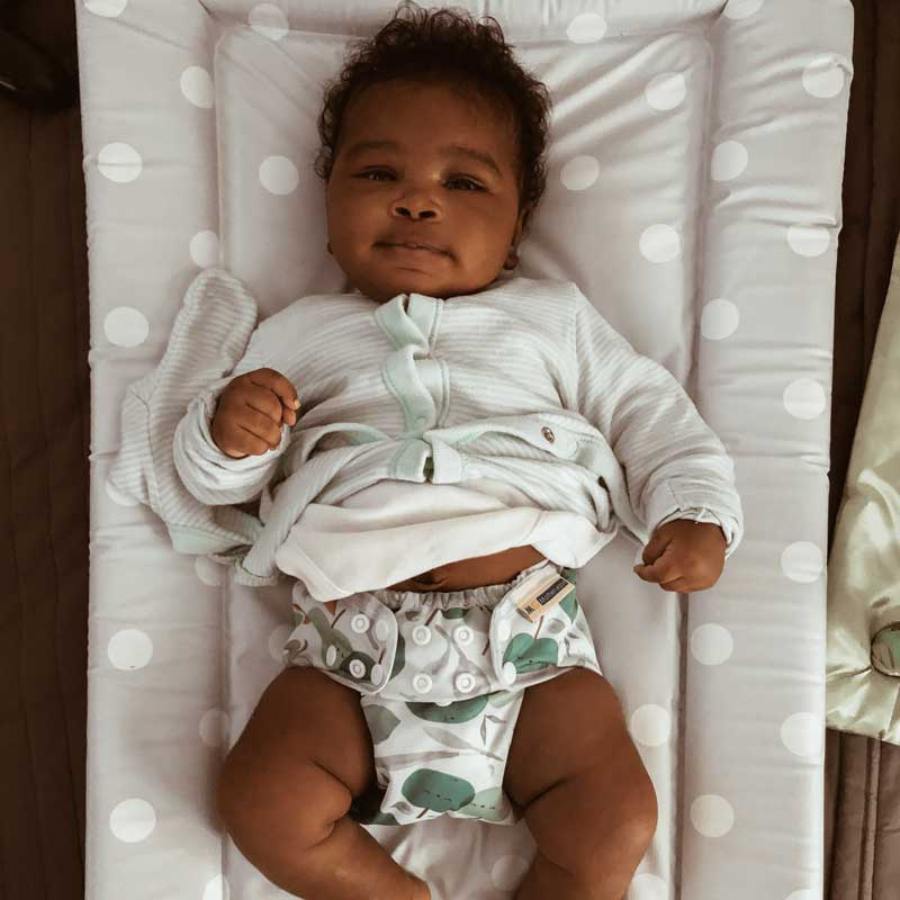Nappy Fabrics - Pros and Cons

We frequently get asked what is the 'best' or most 'environmentally friendly' fabric to use. Unfortunately, there isn’t a simple answer and it’s not as clear cut as all microfibre is bad and organic cotton is great, they all have environmental impacts. As the user, you’ll need to choose what is the most important environmental aspect to you.
I don't want this article to be the excuse parents/carers are looking for NOT to use cloth nappies. There will always be an environmental impact of using a nappy, be that a cloth nappy or a disposable nappy. The impact of using a cloth nappy of any fabric will be lower than that of a disposable. Before I go into the full pros and cons of each cloth nappy fabric, please read and remember these cloth v disposable nappy facts which I'm very grateful to Tots Bots for sharing with us.
"The Environment Agency conducted a lifecycle analysis to compare the environmental impacts of reusable and disposable nappies. The report concluded that reusables are up to 40% better for the environment than their disposable counterparts. To be absolutely clear on this, the study only assessed disposables up to the point of purchase. It did not assess the post use processing of the product – refuse collection and transport (more carbon in the form of fuel) and ultimately disposal into landfill or incineration (yet more impact in terms of greenhouse gasses such as methane)
Disposable Nappy Materials usage is also significantly higher per child:
- 20 x Easyfit All in One Reusable Nappies made by Totsbots = 2.7KG
- 4,000 x disposables = 150KG
That’s over 98% less raw materials per child.
- Disposable = Polyethylene, Polypropylene, Polyacrylate, Cellulose fluff
- Reusable = Polyester, Polyurethane, Cellulose fabric - cotton, bamboo etc.
When looking specifically at the plastic content:
Disposable nappy
- 25% of a disposable nappy is plastic with a further 4% being adhesive.
- This equated to 9.57g of plastic per nappy and ultimately 38.2Kg of plastic for disposal - based on 4000 nappy changes per baby.
Reusable nappy
- Easyfit (one piece nappy) is 50% plastic (Polyester and Nylon)
- This equates to 67g per nappy and ultimately 1.34Kg of plastic for disposal at end of life - based on 20 nappies birth to potty.
Further reductions in plastic waste can be achieved if parents opt for a 2 part
system:
- Bamboozle (2 piece fitted nappy) is 19% plastic when you look at a complete set. This equates to 600g of plastic for disposal at end of life - based on 20 nappies and 4 covers.
Most high quality reusable nappies, when cared for properly can be used for a second child further reducing impact (2 children in disposables will result in 76.4Kg of plastic for disposal). However it is not valid to say any part of the product will not eventually end up being disposed of as they will wear out and lose function over time. Many parents are opting to use ‘eco’ disposable nappies as a more environmentally friendly alternative to the mainstream brands. However, these products have the same impact in production and use the same amount of raw materials per child as the standard product. Claims of bio-degradability are spurious at best as the majority of the product still ends up in the regular domestic waste stream. In short it is a greenwash. If parents want to reduce their environmental impact, then reusables are the only alternative."
TotsBots 2018
The nappies used in the comparison above are found below:
Remember, whichever nappy fabric you choose you will be saving approx 5500 nappies from going to landfill per baby. You'll be reducing your plastic waste, chemical waste, baby will be leading a more breathable and chemically reduced nappy time.
I’m in no way a fabric expert, but this is my experience of nappy fabrics and their pros and cons below. Our human knowledge is developing and changing all the time, so I will keep coming back to the article to update on new findings.
Non-Organic (Standard) Cotton
The original nappy fabric used for many years in the good old terry squares: cotton, the oldest fabric used by mankind. Cotton is comfortable, durable and absorbent, making it a great fabric for nappies. Most cotton grown in the world is not grown organically; at The Nappy Lady™ we try to refer to this as 'standard cotton' to avoid confusion with organic cotton nappies. Standard cotton is one of the most polluting crops in the world and contributes to environmental pollution through the use of pesticides, fertiliser and insecticides. We’ll examine the pros and cons further below:
Pros
-
Cotton is a natural, breathable fibre suitable for all weathers.
-
Hypoallergenic – can be worn close to the skin.
-
Absorbent and can hold up to 27 times its own weight in water 1
-
Easy to clean and can withstand high washing temperatures.
-
Fabric is easy to dye.
-
Soft – although goes harder over time with washing if not tumble-dried.
-
Every part of the cotton plant is useful in some way. The seeds are used in cattle feed, producing cotton oil. The lint is used to manufacture paper as well as medical supplies such as bandages or cotton buds.
Cons
-
Cotton (organic and standard cotton) require huge amounts of water. According to the WWF 20,000 litres of water are required to produce 1kg of cotton which is enough to produce one t-shirt and a pair of jeans. 2
-
Vast amounts of energy are required to grow, manufacture and transport cotton. Plus, it needs lots of energy to care for the finished product. Data from WWF says one load of drying requires 5x as much energy as washing. This is why we always recommend you airdry wherever possible to minimise the environmental impact of your laundry. You control your environmental impact by your laundry choices. 3.
-
Vast amounts of pesticides and fertiliser are used to grow the crop. This can lead to pollution and destruction of the land and health implications for workers if farmed irresponsibly.
-
The Pesticide Action Network UK states that globally “cotton covers just 2.4% of the world cultivated land but uses 6% of the worlds pesticides and 16% of insecticides which is more than any other major single crop” 4 Many of these pesticides are hazardous and toxic. “Pesticides are poisons designed to kill and harm living organisms – and they achieve that very effectively. However, pesticides do not just harm the organisms that they are designed to control. Pesticides impact on non-target organisms, including people. The World Heath Organisation (WHO) estimates 350,000 people die every year from acute pesticide poisoning.” 5
-
Cotton is prone to shrinkage so must be prewashed before sewing.
-
It is often blended with polyester to minimise shrinkage however this changes the structure of the fabric and polyester isn’t a natural material. Polyester is found in the base weave of most cotton nappies.
Is cotton biodegradable? Yes, it is a completely natural crop grown in fields and is completely biodegradable in the correct circumstances. It can also be recycled. However, if the nappy comes with a base/mesh weave of polyester, that part will not biodegrade.
Examples of standard cotton nappies are below:
Organic Cotton
Organic cotton just like standard cotton. It is comfortable, durable and absorbent, however organic cotton is farmed so it’s sustainable and renewable.
Pros
- The organic cotton crop must be grown according to established standards and does not use harmful chemicals like synthetic fertilizers, pesticides or GM organisms. 5.1 Organic cotton therefore doesn’t poison land, water sources and air. The organic cotton farm workers do not suffer from health problems caused by chemicals used in standard cotton production.
Cons
- Organic cotton certainly minimises the environmental damage, however it doesn’t solve the vast energy and water required by the crop, and the time it takes to replenish the harvests.
- Without a polyester base/mesh weave found in most cotton nappies, organic cotton nappies tends to wear quicker and aren’t as long lasting. This means the product is more likely to need replacing quicker than a standard cotton version. Our experience shows that organic cotton tends to wear particularly quickly in hard water areas.
Is Organic Cotton biodegradable? Yes, it is a completely natural crop grown in fields and is completely biodegradable in the correct circumstances. It can also be recycled.
Examples of organic cotton nappies are found below:
Bamboo
Bamboo nappies launched back in 2005. They were immediately very popular, as bamboo is more absorbent than cotton and at first glance appears to be far eco-friendlier crop in comparison to cotton. However, as time has gone on there have been increasing questions into the environmental impact of bamboo fabric production. The labelling of products has changed from Bamboo to Bamboo Viscose or Bamboo Rayon as these are an accurate description to what the fabric actually is. Bamboo is no longer considered a natural nappy fabric but a semi-synthetic fabric.
Pros
- Bamboo has many advantages over cotton. According to Kew Gardens, bamboo is “considered to be the world’s fastest growing plant.” Bamboo “can grow several feet in 24 hours and reach full height in a month or two.” 6 Bamboo can be continually re-harvested with no damage to the environment. Unlike cotton, because it is a grass, it regenerates after being cut without the need for replanting – just like a lawn. The speed that it grows and because it can grow in such diverse climates makes the bamboo plant a sustainable and versatile resource.
- Bamboo is an efficient use of land. Bamboo grows very densely, and a high yield can be produced in a small area. Furthermore, bamboo is a “one-time planting” crop and requires little care or maintenance.
- The Bamboo crop has low water consumption and very little is irrigated
- Bamboo grows without the need for pesticides or fertilisers. Bamboo contains a natural substance called “bamboo-kun” which is antimicrobial and gives the plant a natural resistance against pests.
- Bamboo can store “four times the CO2 of a stand of trees of similar size” and “it releases 35 percent more oxygen.” 7
- Bamboo fabric has a very soft feel (although will go harder with washing unless sometimes tumble-dried).
- Absorbency – Bamboo is incredibly hydroscopic it absorbs more liquid than cotton or polyester. 8
- Breathability – Bamboo gives higher air permeability or breathability making it very cool to ear because of the micro spaces in the fibre structure. 9
Cons
- Bamboo is so absorbent the drying time is very long as there is more water after washing to evaporate. I have known bamboo nappies to take 3 days to dry on an airer. Bamboo can be tumble dried but this must be on low as the fabric is delicate and can be damaged by high temperatures.
- Bamboo is no longer considered a 'natural' fabric. The original crop is definitely natural but due to the intensive chemical process of turning the crop into a fabric, the finished fabric is closer in structure to a synthetic fabric. “Textiles labelled as being made from bamboo are usually not made by mechanical crushing and retting. They are generally synthetic rayon made from cellulose extracted from bamboo.” 10
- Bamboo requires energy, water, and chemicals to turn the bamboo crop into fabric. The “processing its fibre into textiles requires heavy-duty chemical solvents…that can harm human health and the environment.” 11 Manufacturing bamboo viscose or bamboo rayon has similar environmental impacts to any other type of rayon manufacturer.
- Although bamboo doesn’t need pesticides, there is no guarantee that they are not being used to maximise crop outputs.
- The European NGO Made by rates Bamboo Viscose on the same environmental rating as standard (conventional) cotton. 12 This came as a complete shock to me when researching this article.
As you have read, the majority of bamboo is made using strong chemicals to make it into a fabric however there is some good news. Some bamboo fabric is made in a more environmentally friendly way and this seems to be the case with the major bamboo nappy manufacturers. Check your nappy for Oeko-tex certification to ensure adherence to people and planet friendly manufacturing processes. Tots Bots Bamboozle Stretch and Little Lamb Bamboo hold the highest level of Oeko-tex 100 certification for their bamboo nappies.
Is Bamboo biodegradable? Yes, it is in the correct circumstances. It can also be recycled.
Examples of bamboo nappies are found below:
Hemp
Hemp was always the environmentally friendly nappy fabric choice until around 2005, when bamboo came onto the nappy market and we found sales of hemp nappies heavily declined. More recently the market has shifted back towards a higher demand for hemp. Hemp is a fast-growing robust crop that grows in most temperate or sub-tropical areas. Hemp is derived from the Cannabis Sativa plant; the fibres of hemp are well known for their durability. Hemp was one of the first plants to be spun into fibre. 13
Pros
- Hemp as a crop grows extremely fast (quicker than weeds) and is naturally pest resistant so it can be grown without the use of toxic pesticides and fertiliser.
- Hemp can be planted densely making efficient use of land. Hemp can produce 200-250% more fibre in the same amount of land as cotton. 14
- Hemp is a multi-use annual crop cultivated for fibre, animal feed and seed meaning there is little wastage.
- Hemp returns up to 70% of the nutrients back to the soil from the unused parts of the plants such as stems, leaves and roots; this leaves the land ready and fertile for the next crop.15 Hemp also helps to prevent soil erosion and is good for aerating and building top soil. Hemp has long roots that descend for more than three feet which anchor and protect the top soil from run off and erosion. 16
- In comparison to cotton's vast demands for water, research has shown that hemp requires on average 300-500 litres of water for the production of 1kg of dry matter, of which 30% is suitable for fibre production. 17
- When you add processing into the equation, cotton uses more than four times as much water as hemp. 18
- As a fabric, hemp is a superior fibre that holds its shape and is incredibly strong.
- Hemp becomes softer with use.
- It is porous and hence water absorbent. Hemp is the highest absorbency fabric used for nappies, making it perfect for night times or heavy wetters.
- Hemp is a breathable fabric that can keep us warm in winter and cool in summer. It’s particularly good in hot climates because it resists degradation by heat and is less prone to fading.
- Hemp absorbs dyes well.
Cons
- A characteristic feature of hemp is its abrasive nature. Due to this, it does not feel soft against the skin. However, as is the case with Ella’s House hemp nappies it can be blended with other fibres such as cotton to make it softer. Over time if not tumble dried we do find hemp nappies can go quite hard.
- Garments made entirely from hemp tend to wrinkle easily. Not so much an issue with nappies especially when blended with cotton. I have seen some hemp boosters go wrinkly though.
- Hemp resists degradation in heat, however hemp fibres can be attacked by fungi and bacteria under hot and humid conditions so make sure you don’t leave hemp nappies or boosters languishing in a nappy bucket near a radiator or in the summer. Mildew rots and weakens the material.
- Overall, hemp appears to be slightly easier on the environment than cotton, considering it's superior on water and land requirements, and only slightly worse for energy use.
Is hemp biodegradable? Yes, it is a completely biodegradable in the correct circumstances. It can also be recycled.
Examples of hemp nappies are found below:
Polyester/Microfibre
“1941, the first polyester fibres were developed in the UK. Polyester (polyethylene terephthalate or PET) is manufactured from mineral oil and is now the world’s major man-made fibre for textiles and industrial applications. In 2001, polyester represented 32 per cent (17 million tonnes) of the world fibre production (Stepanski and Rutti, 2003). This popularity can be attributed to the textiles’ properties which make it stretch resistant with thermal stability and low moisture absorption.” 17
Pros
- As Polyester is a manmade fibre and it is not grown from crops, its water usage calculation is based on production methods (synthesising process). “Natural and synthetic fibres cannot really be compared due to their differing technical and chemical properties. This caveat aside a hypothetical comparison shows that the water used in polyester production is less than 0.1% of that required in cotton growing.” (Kalliala and Nousiainen, 1999). 17
- Polyester requires less land for production in comparison to cotton and in some types of hemp. 17
- Polyester is exceptionally fast drying and stays soft without the need for a tumble drier. This minimises the amount of energy used in laundering the product. Polyester or microfibre nappies make using cloth nappies an option for families with limited drying facilities.
- Polyester is long lasting. The fabrics are not as delicate as natural fabrics so tend to last far longer. Synthetic fabrics do not lose their shape with washing or shrink.
Cons
- Polyester is made from oil, a non-renewable resource. Long term we need to consider the future of this fabric as we are going to run out of oil.
- The manufacturing process involves high energy inputs, up to 10 times that of the lowest cotton production. Unless the energy comes from a renewable energy source this will generate large amounts of atmospheric emissions (Laursen and Hansen, 1997).
- Please see the chart below to compare the level of differences in the amount of energy used to produce 1 tonne of spun fibre. All figures taken from Stockholm Environment Institute Report 2005.17
- Major water-borne emissions from polyester production include dissolved solids, acids, iron and ammonia (Franklin Associates Ltd, 1993).
- Polyester production produces the largest amount of CO2 emissions of fabrics ranging from 7.2 to 9.52kg of CO2 per tonne of fibre. In comparison CO2 emissions from cotton range from 2.35 to 5.89 kg of CO2 per tonne of fibre. 17 21
- Recent research has discovered that alarming numbers of microplastics are coming off manmade fibre clothes during washing and entering our rivers and oceans. These microplastic fibres are being eaten by plankton and are going up the food chain. 20 The fibres can also absorb pollutants and concentrated these pollutants in animals’ tissues. “A recent study found around 73% of fish caught at mid-ocean depts in the Northwest Atlantic had microplastic in their stomachs.” 21 A suggested solution is to have filters in washing machines to catch the fibres before they enter the sewerage and water systems, however these are not available yet. There is a guppy bag on the market, but this isn’t suitable for use with microfibre nappies as they also catch any poo particles. We have come across the Cora ball but currently it’s estimated that only 35% of fibres are caught by it. We are monitoring solutions carefully and will update as a reliable microfibre nappy wash solution is found.
Is Polyester biodegradable? No but can be fully recycled.
Examples of polyester nappies are found below:
In Conclusion
I hope this article has helped you understand that there's not a clear cut environmental winner for your nappy fabric. You must decide which is the environment impact you are most concerned about. If you are concerned about microplastics in the ocean then polyester/microfibre isn't the fabric for you and choosing a cotton or hemp will suit you better. If, however, drying is an issue then microfibre could suit you very well. At The Nappy Lady™ we are very happy to discuss fabric choices with you and will find the best nappy for your circumstances and preferences. Use our free advice service where we'll assess your needs and recommend the most appropriate system for you.
Whichever cloth nappy you choose remember you will be diverting 5500 nappies and saving 38.2kg of plastic from landfill/incineration per child.
Sources
1. Sciencing Cotton
2. Worldwildlife
5.1 SEI.org
6. Kew Gardens (27th April 2018)
7. NY Times
10. Wikipedia
11. LATIMES
12. Made By
13. Wikipedia Hemp
15. Planethemp
16. Oecotextiles
17. SEI org
18. Slate.com
19. The Guardian
20. “Drowning in Plastic” BBC October 2018
21. Frontiersin
Other Sources
The Watch Book
Cotton Australia




.jpg)
.jpg)

.jpg)

.jpg)
.jpg)
.jpg)

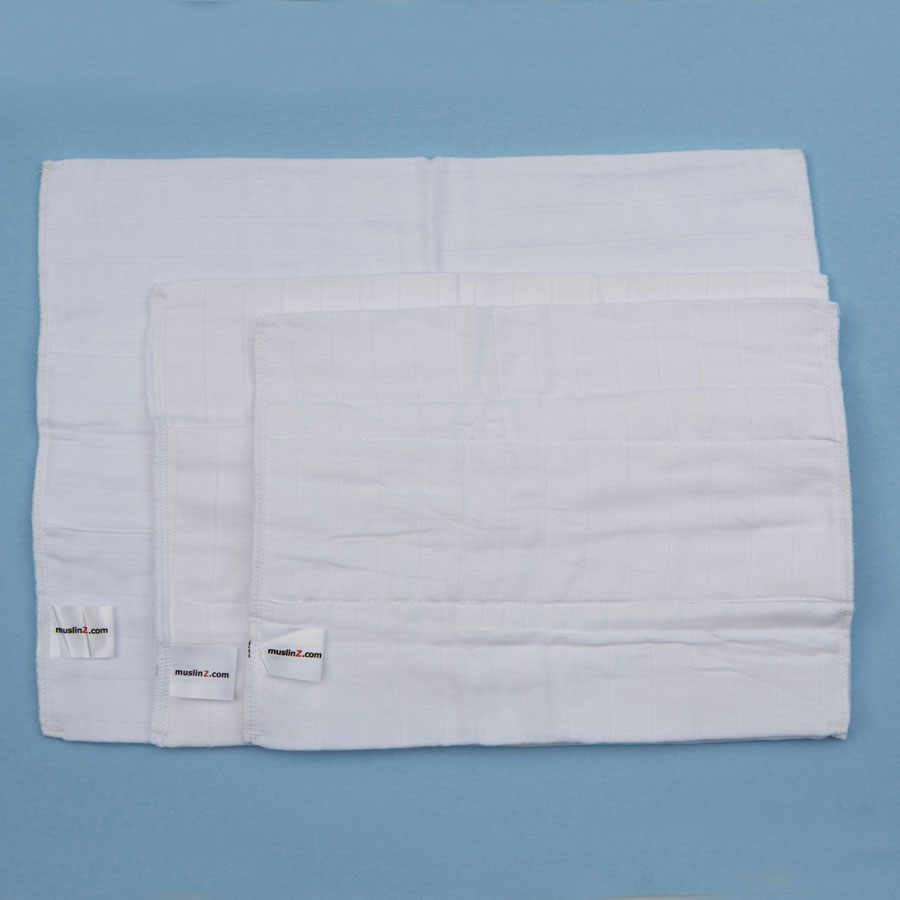


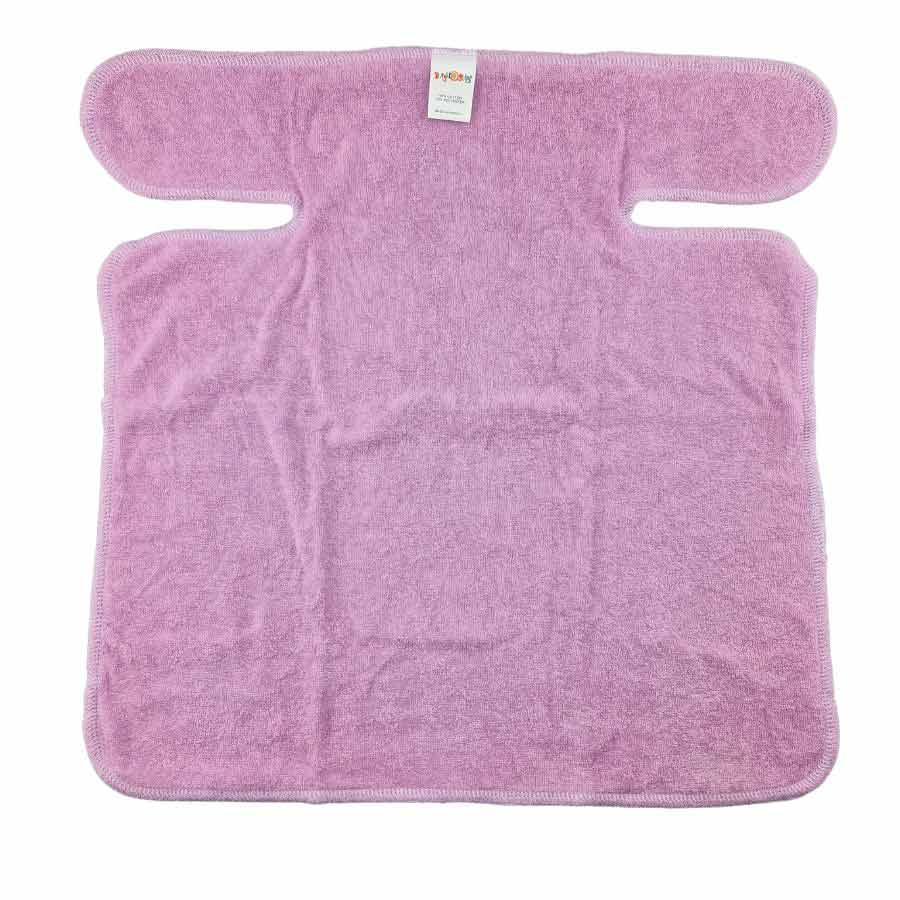
.jpg)
.jpg)


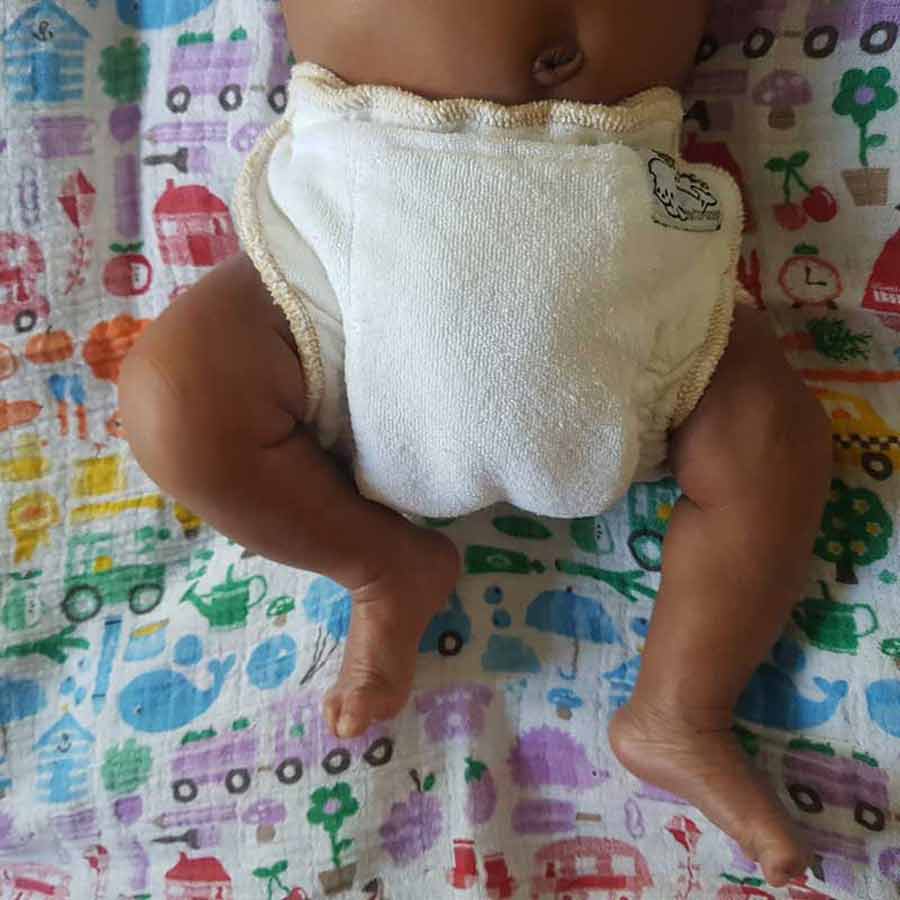
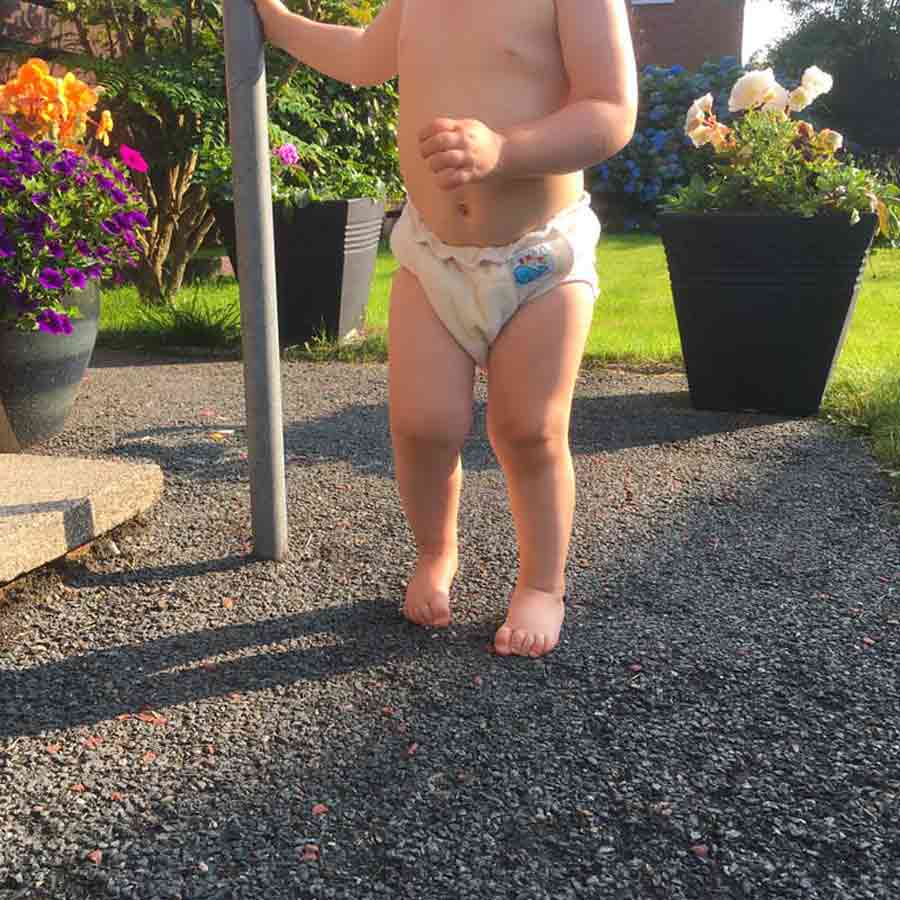


.jpg)




.jpg)

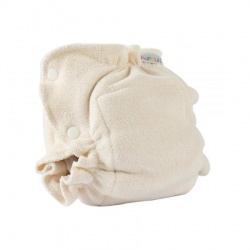
.jpg)
.jpg)








.jpg)
.jpg)

.jpg)
.jpg)
.jpg)

.jpg)
.jpg)
.jpg)
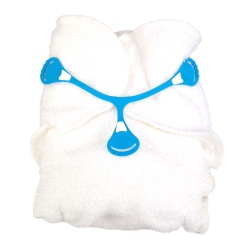
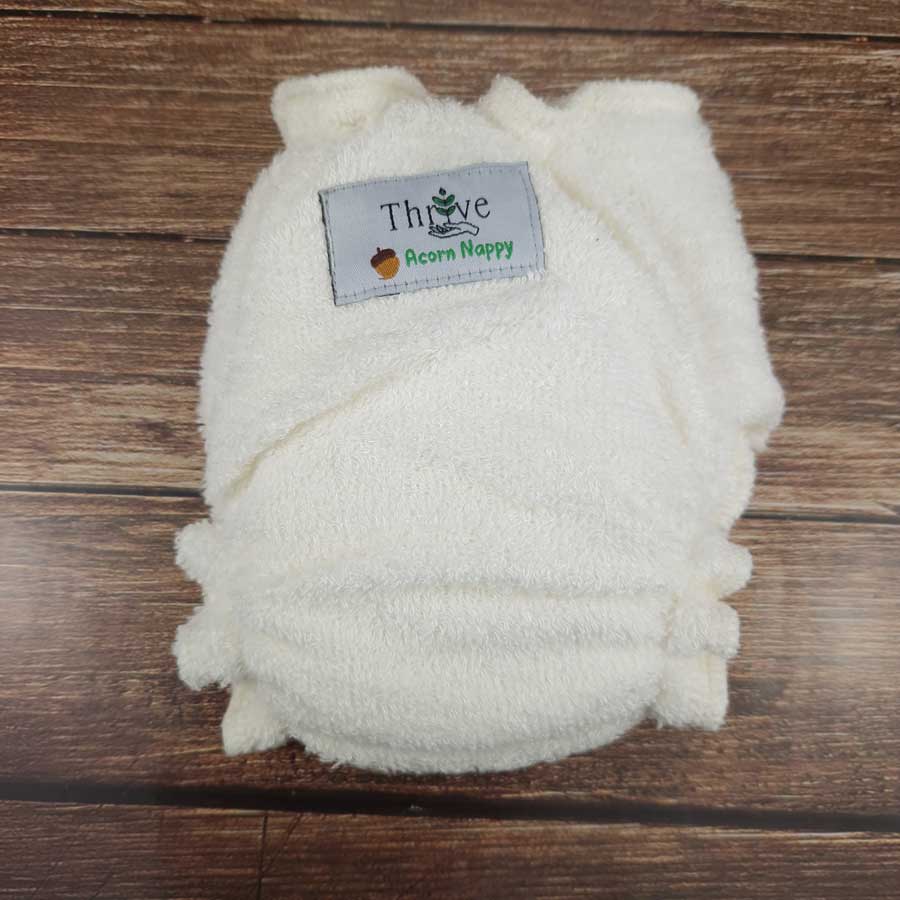



.jpg)


.jpg)
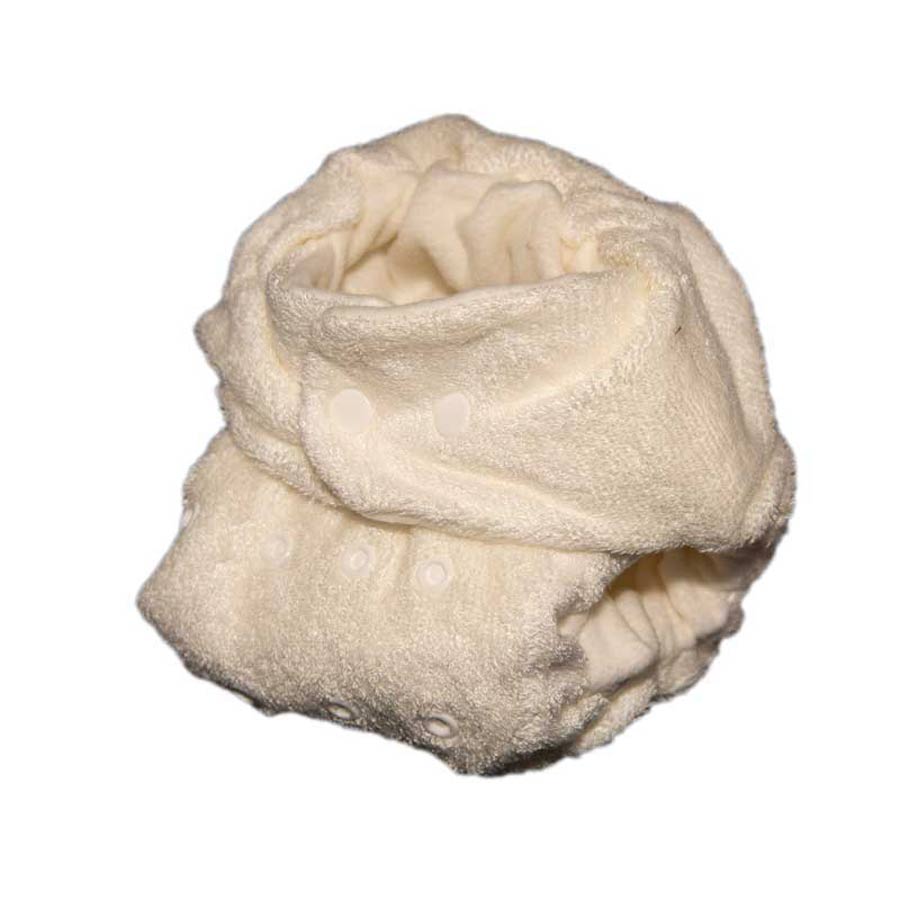



.jpg)
.jpg)


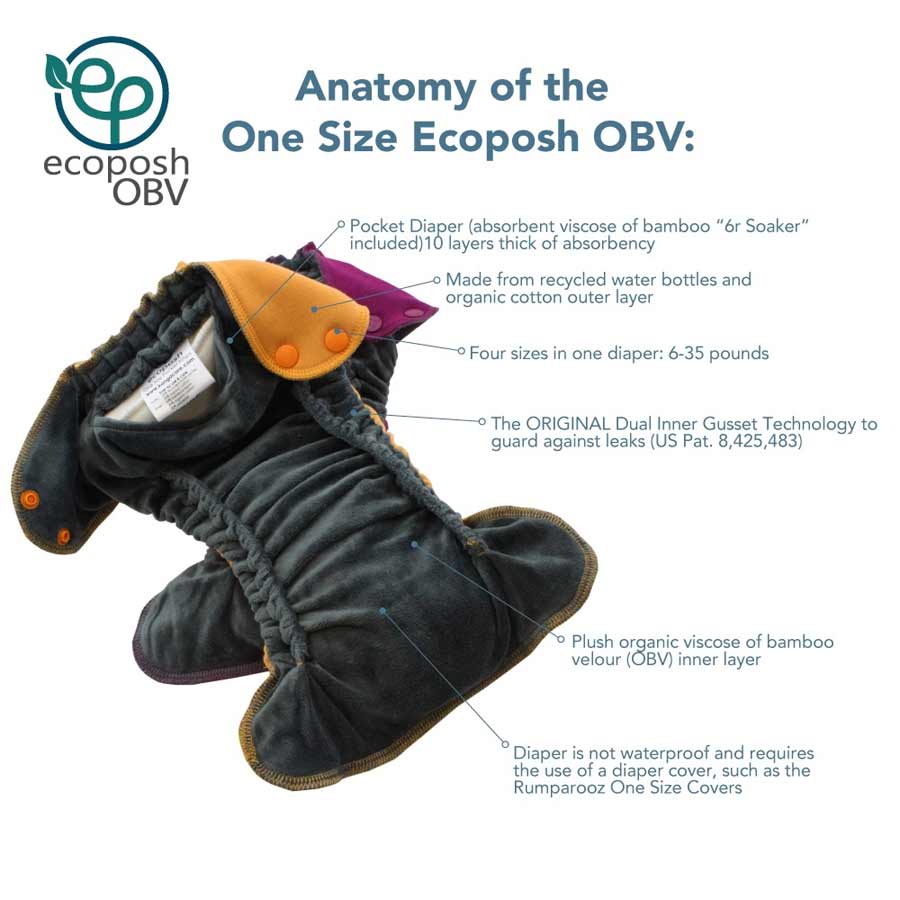

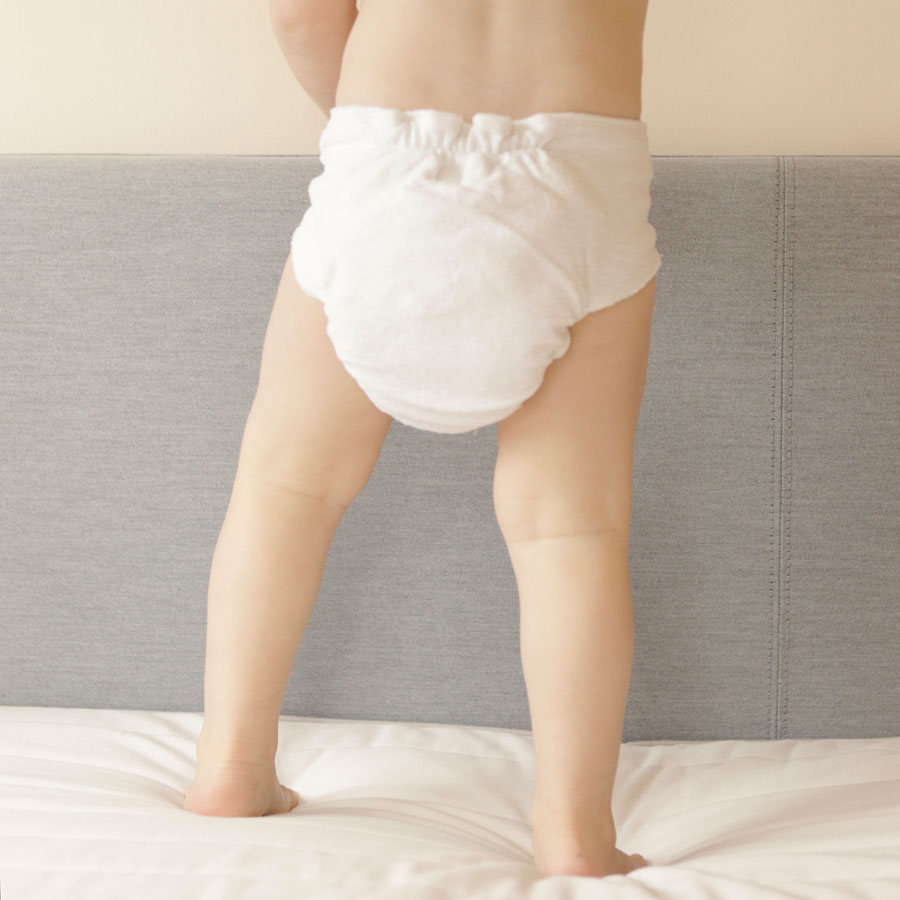







.jpg)
.jpg)




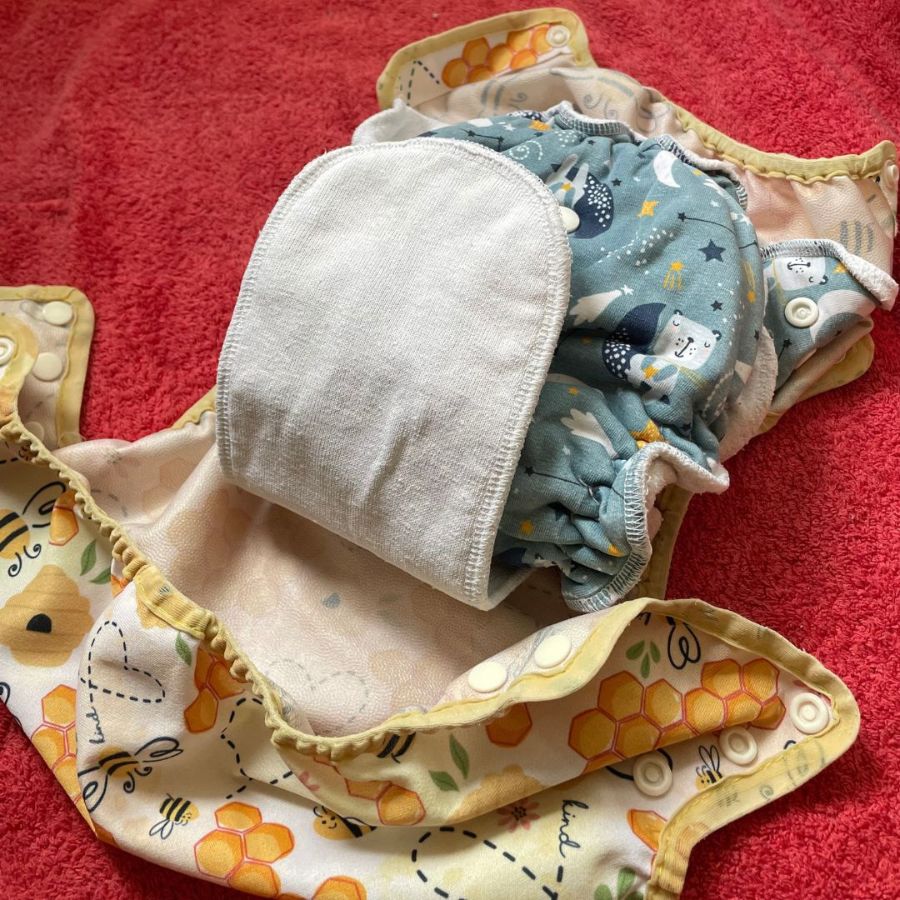







.jpg)
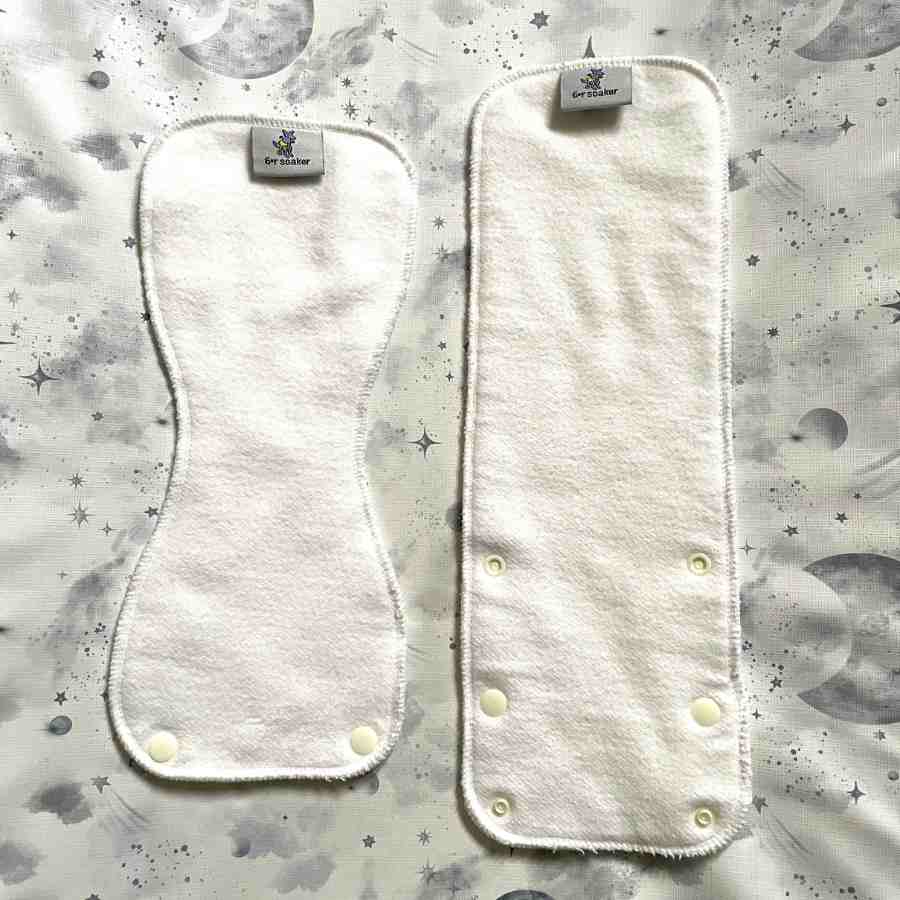

.jpg)

.jpg)
.jpg)
.jpg)


